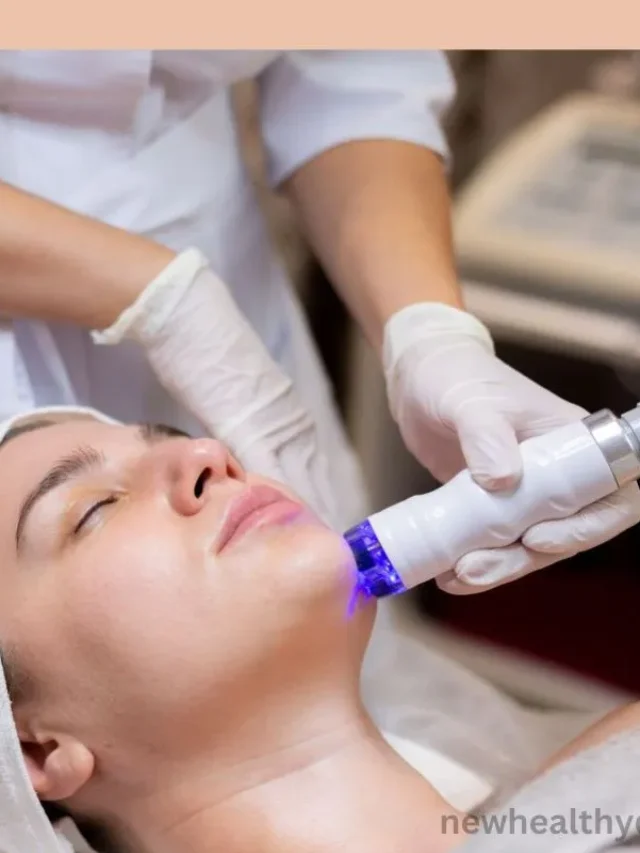Recently, plasma exchange information has been inconsistent. Some think it’s lifesaving, others argue it’s harmful. Is it safe to use Plex or not? Your head is undoubtedly full of questions. This page covers plasma exchange safety basics. We’ll discuss the procedure’s dangers and benefits, who it can treat, and the research on side effects. By the conclusion, you’ll grasp plasma exchange’s safety profile and determine if it’s good for you. No more ambiguity—just the facts to help you decide. Sound good? Let’s talk about PLEX safety!
How Does Plasma Exchange Work And Is It Safe to Use Plex?
Plasma exchange, also called plasmapheresis, involves passing blood through a machine to separate plasma from blood cells. Plasma contains antibodies and autoimmune components that damage tissues and organs in autoimmune disorders. Plasma removal and replacement removes disease-causing antibodies and components from the blood.
Draw blood from your body
Plasma exchange involves drawing blood from your arm vein with a needle. Plasma is separated from blood cells by spinning the blood at high speeds.
Separate plasma and dispose
Separated plasma with disease-causing antibodies and proteins is discarded. Red blood cells, white blood cells, and platelets are reintroduced to your system with donor plasma or a plasma substitute.
Add replacement fluid
Plasma volume is replaced by replacement fluid to maintain blood vessel and tissue pressure and fluid balance. Removed disease-causing antibodies and proteins are not in the replacement fluid.
Procedure repeats
For best results, plasma exchange is repeated numerous times. Your medical condition determines frequency. For several weeks, treatments are administered daily or several times a week. Treatments may be needed occasionally to control symptoms.
Is it safe to use Plex, Plasma exchange is safe when done by qualified specialists utilizing suitable methods and cleanliness. Side effects can be serious, but rarely. Plasma exchange can transform autoimmune disease patients’ lives. Plasma exchange can enhance your quality of life and put your disease in remission by removing dangerous antibodies and proteins from your blood.
Conditions Plasma Exchange Can Treat

When you search for Is it safe to use Plex you may know it. Plasma exchange (PLEX) treats autoimmune and neurological diseases. The method eliminates blood plasma antibodies and other immune system components that may damage tissues or neurons.
Autoimmune Diseases
Autoimmune illnesses including myasthenia gravis, Guillain-Barre syndrome, and CIDP cause your immune system to assault your body. PLEX relieves symptoms by removing attack-causing antibodies. When steroids fail or are intolerable, PLEX may be utilized.
Kidney Diseases
Antibodies attack kidney and lung tissues in Goodpasture’s syndrome. PLEX eliminates dangerous antibodies, restoring kidney and lung function. Antibody-mediated kidney transplant rejection can be treated with PLEX.
Other disorders
PLEX may help treat mushroom poisoning and Wilson’s disease, a rare hereditary illness that causes copper buildup. To prevent organ damage, PLEX eliminates excess copper from the blood.
When you think is it safe to use Plex, PLEX is effective but can cause infection, blood clots, and allergic responses. Close monitoring is needed during and after treatment. PLEX may be repeated or combined with steroids or chemotherapy to reduce symptoms. For disabling illnesses, PLEX can be safe when administered properly under medical supervision. Ask your doctor about plasma exchange for you or a loved one.
Risks and Side Effects of Plasma Exchange
If you are thought, is it safe to use Plex then Plasma exchange can save lives, but also has dangers and negative effects. PLEX might produce difficulties like any medical operation, however skilled doctors seldom face major adverse effects.
Complications of Blood
What Is Plex Treatment Used For, Plasma exchange requires extracting and replacing blood plasma, therefore IV access and transfusions are risky. Blood clots, infections, and allergies are examples. We check and type donated blood and plasma for compatibility with your blood to reduce dangers. IV sites are checked during and after treatment.
Low Blood Pressure
Plasma evacuation quickly during treatment can lower blood pressure. During the surgery, your doctor may monitor and regulate your blood pressure with IV fluids or drugs. Post-treatment low blood pressure might produce dizziness but is usually mild. Staying hydrated and resting for a day or two can help.
Fatigue
Plasma exchange, however non-invasive, might stress and weary you. Plasma removal and replacement jars your circulatory system and strains your organs. PLEX therapy usually leaves most people exhausted for two days. Sleeping more, minimizing exercise, and staying hydrated will reduce weariness.
With the right answer of Is it safe to use Plex, Plasma exchange may appear risky, but major side effects and problems are rare when administered by a PLEX-experienced practitioner. Treatment advantages typically exceed hazards, especially for life-threatening autoimmune or neurological diseases. Before starting therapy, consider all risks with your doctor. They can assess your condition to establish PLEX’s safety.
Is It Safe to Use Plex for You? Key Factors to Consider
Plasma exchange, or plasmapheresis, replaces your plasma with donated or substitute plasma. The operation is generally safe, although there are hazards like any medical treatment. Plasma exchange is safe and appropriate for your situation depending on several criteria.
Your medical condition
Plasma exchange is used to treat plasma antibodies or immune system cells that cause injury. Myasthenia gravis, Guillain-Barre syndrome, and chronic inflammatory demyelinating polyneuropathy are treated with plasma exchange. These autoimmune and neurological disorders frequently have more advantages than hazards. Plasma exchange may be riskier or less effective for some conditions. Depending on your condition and health, your doctor may recommend it.
Procedure hazards
Plasma exchange is non-surgical yet requires needles to withdraw and replace plasma. Infection, clotting, bleeding, allergic reactions, and blood pressure fluctuations are risks. Plasma exchange also eliminates clotting factors and antibodies, temporarily lowering immunity. Pre-procedure medications reduce risks, and vital signs are monitored during therapy. Most side effects are moderate, but major consequences are unusual.
Your health and age
Plasma exchange may increase hazards for older people and those with unstable or significant medical conditions. Heart, kidney, liver, and blood malignancies can affect plasma exchange safety. Before prescribing plasma exchange, your doctor will examine the pros and cons and try other treatments. High-risk patients require ongoing medical monitoring and follow-up.
Conclusion
That’s it the information about Is it safe to use Plex. Truth about plasma exchange—good, terrible, and ugly. PLEX can save lives, but it has hazards. Balance the risks and rewards with your medical team’s advice. Don’t be afraid if it’s right for you. Do your research and keep careful if you proceed. Health information is powerful. With proper information and help, PLEX can be managed properly. It may be scary, but you can do it! Many have gone this route and emerged stronger. Listen to your body, voice concerns, and take care of yourself thereafter. You’ll prevail.
Our Services include the best healthy eating habits, nutrition guides, diet, nutrition plans and newsdailytime.
FAQs
Is PLEX painful?
Most people tolerate PLEX well, though discomfort may occur. Needles are used to access blood vessels, which some people find uncomfortable. PLEX is usually done under local anesthetic to reduce pain. You may feel dizzy or nauseated, but major problems are rare.
What are the risks and side effects?
Risks are associated with any blood treatment. The most common side effects are dizziness, nausea, fever, and chills. More serious but rare risks include infections, blood clots, and allergic reactions. Under medical supervision and with sterile equipment, PLEX reduces risks. Vital signs are monitored during and after the procedure.
How long does recovery take?
Individual recovery times vary but are usually brief. After PLEX, most people rest briefly and resume normal activities the same day. Skip strenuous exercise for a day or two. Post-treatment fatigue is common as your body replenishes plasma. Plasma levels usually recover in 2–3 weeks.
Will I need many treatments?
Your medical condition and response to therapy determine the number of PLEX treatments. A single treatment or several treatments spaced days or weeks apart may be enough for some conditions. Other symptoms may require more frequent or long-term treatment. Your doctor will choose the right PLEX schedule for you in terms of Is it safe to use Plex.


